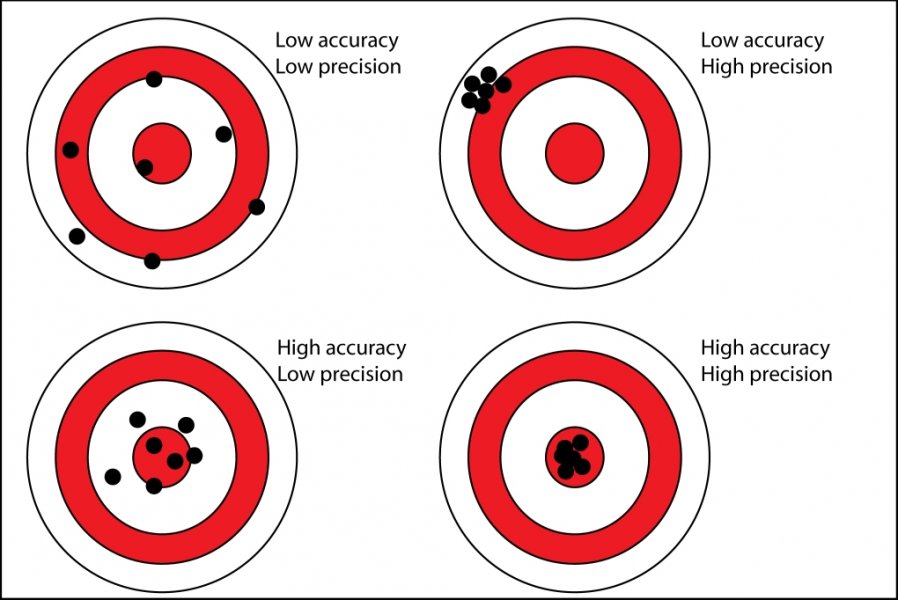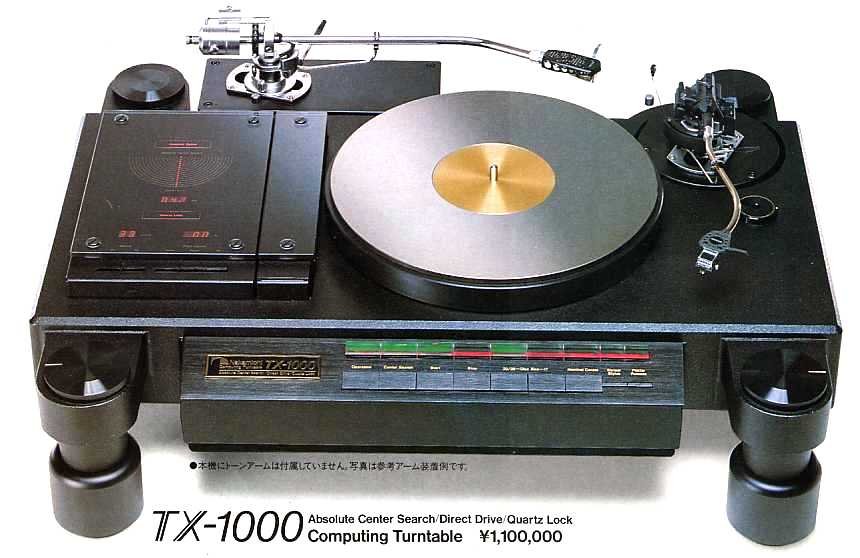Yes, speed stability and steadiness are the same as far as I understand it. Ron seems to think they are different. They are distinct from speed accuracy. Ron says I’m only talking about the former when in fact I am discussing both accuracy and stability (consistency).
To my understanding for this topic, accuracy and stability are not the same property or attribute. Accuracy refers to speed measurement at a given point in time -- the closer the platter turns at 33? rpm the more accurate it is. Stability (or steadiness) refers to speed consistency across time. The more often a table's speed deviates from pitch perfect 33? rpm, the less stable it is. Peak deviation can be expressed as parts per million.
When I write about this I use the phrase 'stable accuracy'.
Imo measurement of the platter itself is preferred to visual measurement or gyroscopes, for example by reading marks on an encoder ring at the platter's circumference. A high read rate with the ability of a controller to act on it is preferred.
It is often claimed that stability fluctuation is more audible than speed error.






